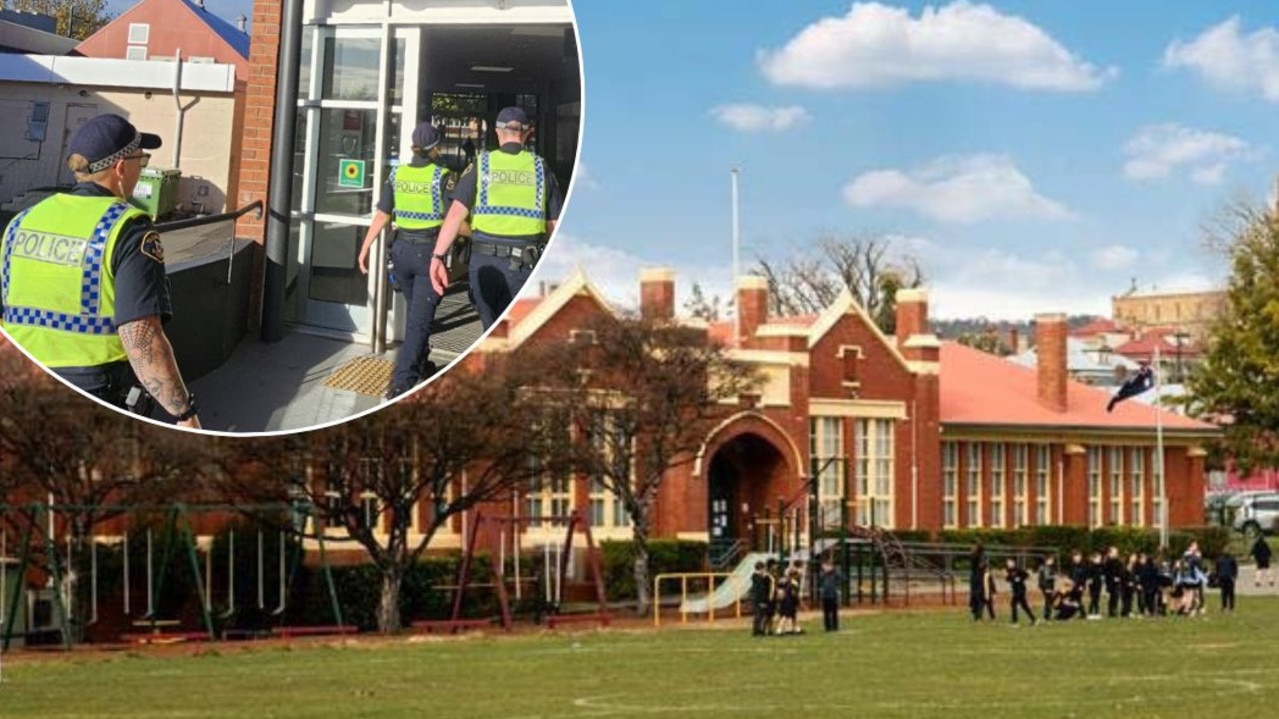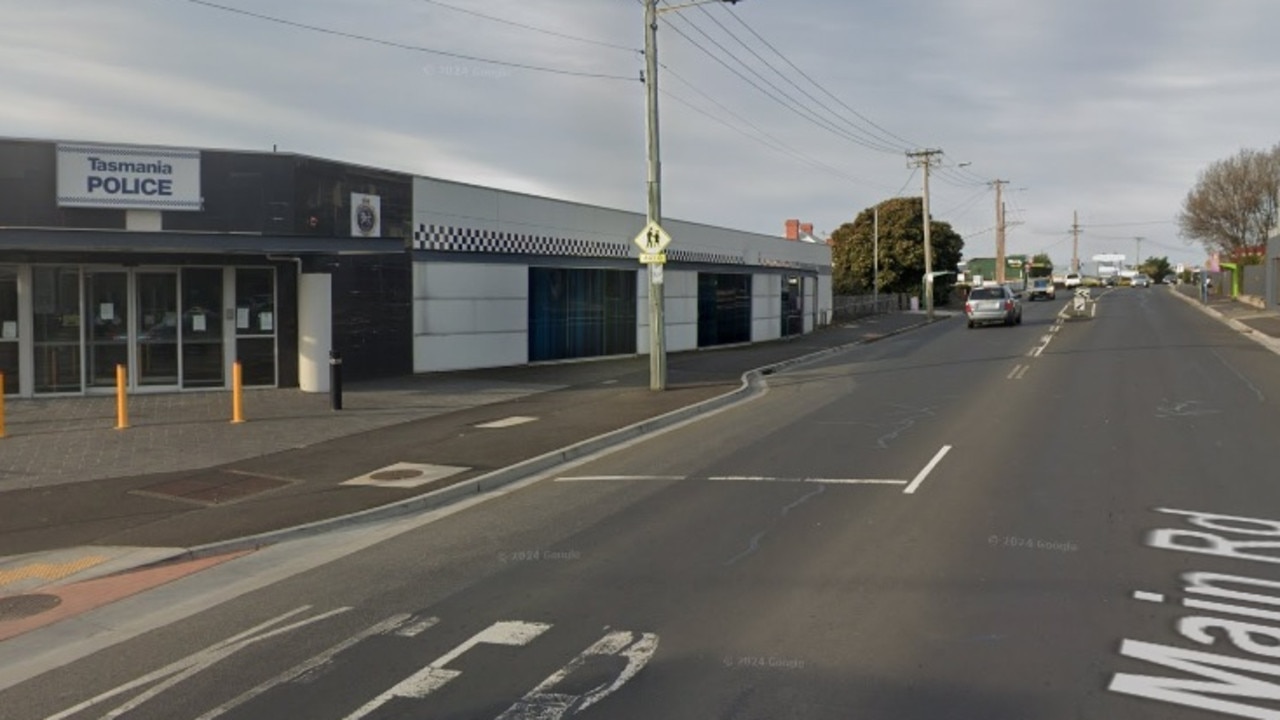Hobart Waste Strategy: Kerbside bin audit reveals amount of waste going to landfill in city
The results of a kerbside bin audit conducted across Hobart have revealed the amount of materials going to landfill, with the city council saying it is determined to improve the overall resource recovery rate.
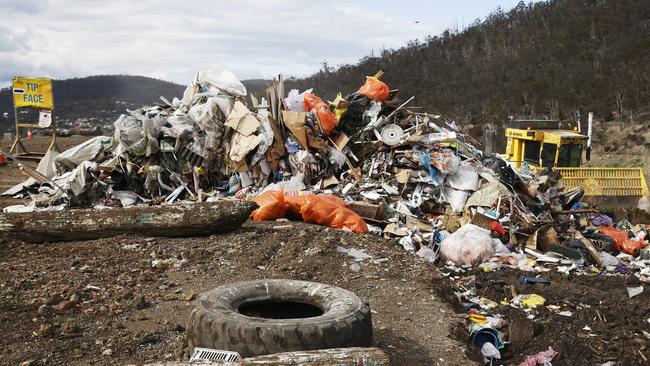
Tasmania
Don't miss out on the headlines from Tasmania. Followed categories will be added to My News.
More than 50 per cent of the waste found in Hobart’s kerbside bins is ending up in landfill, prompting the local council to develop a new strategy to increase resource recovery rates and therefore reduce the city’s greenhouse gas emissions.
A waste audit conducted by the Hobart City Council last year found that 41 per cent of the contents of a typical domestic kerbside waste bin were food and garden organics, 11 per cent were recyclables, 10 per cent were other organics, and 38 per cent went to landfill.
The total waste generated per person was 737kg (the equivalent of about 554kg of CO2 emissions per person every year), while the overall diversion from landfill rate was 46 per cent.

Hobart Lord Mayor Anna Reynolds said these figures were “to put it plainly, too high”.
“To reduce this volume, we need to ensure our waste management services and supporting infrastructure not only reflect best practices but also challenge traditional approaches. To achieve our goals, we also need community buy-in and collaboration with other organisations,” she said.
The council has prepared a draft waste strategy, setting out a proposed action plan with measures to help increase resource recovery rates in Hobart.
Ms Reynolds said a key element of the new strategy was the already announced closure of the McRobies Gully landfill site in South Hobart by 2030
She said waste avoidance was “the best strategy of all” and that she was “happy to see this reflected in our strategy, as well, with a focus on increasing diversion and embracing the circular economy”.
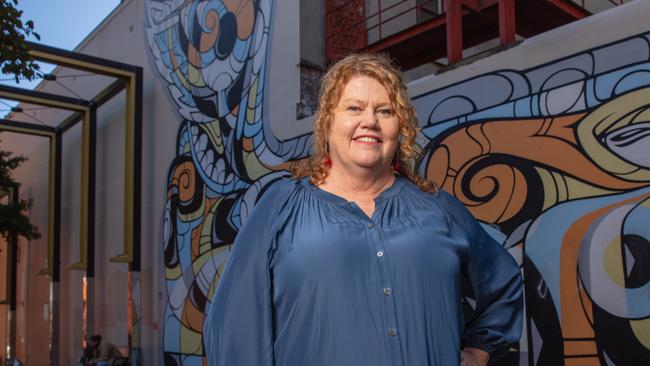
According to the draft document, 51 per cent of most residential kerbside bins put out for collection are actually made up of organic materials that belong in the green-lidded food and garden organics (FOGO) bins.
Food (29 per cent) is the highest single component ending up in red-lidded general rubbish bins, which are supposed to be a last resort for waste that can’t be put in either the yellow-lidded recycling bins or FOGO.
Six per cent of waste in the red bins is soft plastics, while 11 per cent is recyclables.
In total, more than half the so-called rubbish residents put in kerbside bins is actually organic material or other recyclable objects that could instead have been put in recycling or FOGO bins, preventing them from going to landfill.
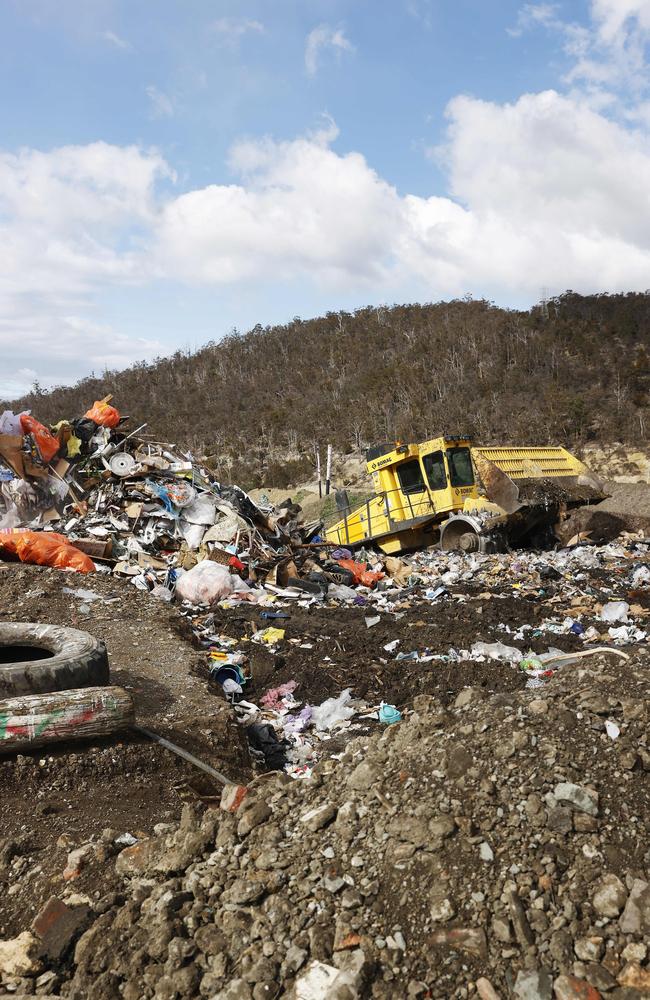
Eleven per cent of the waste placed in yellow bins is non-recyclable – known as ‘contamination’.
The FOGO bins have the lowest levels of contamination at just 2 per cent.
Public submissions regarding the council’s draft waste strategy are being accepted until May 4.
To have your say, visit yoursay.hobartcity.com.au/waste-strategy
More Coverage
Originally published as Hobart Waste Strategy: Kerbside bin audit reveals amount of waste going to landfill in city




